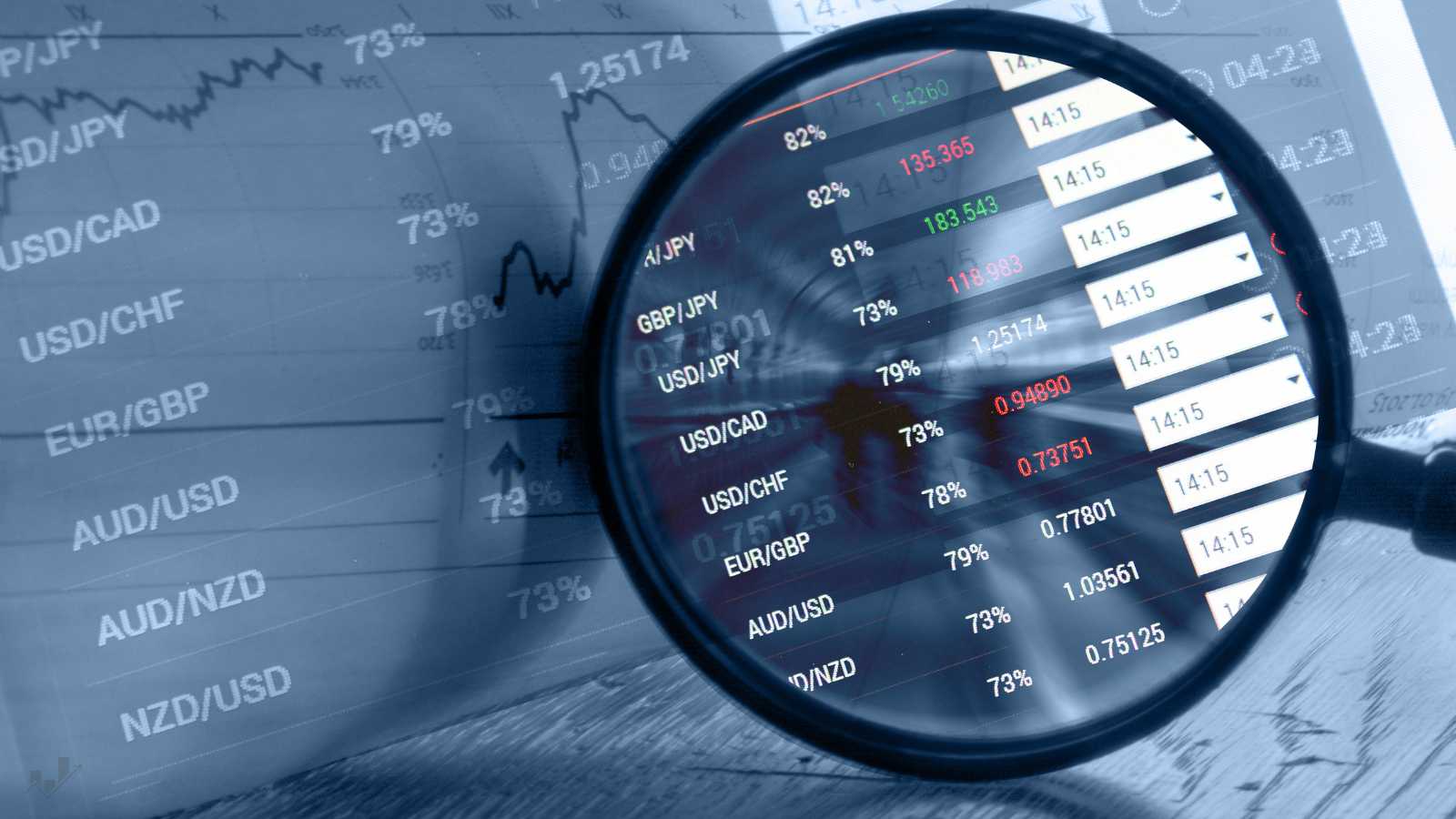Once you’ve selected a trading journal, you’ve secured the most essential and valuable tool in your belt. However, choosing a journal is just the first step toward profitable trading. Maximizing your trades requires knowing the relevant data points to record and analyze.
There are dozens of factors to consider when building a trading strategy or plan, but there are five essential metrics you absolutely must track in your trading journal.
1. Win Rate
Win rate, also known as your success rate, is the percentage of winning trades out of the total number of trades executed. It communicates how often a trader wins compared to their total trading activities.
How to Calculate Win Rate
The win rate is determined by dividing the number of winning trades by the total number of trades and multiplying the result by 100. The win rate is expressed as a percentage.
Win Rate = (Number of winning trades / Total number of trades) x 100
How Win Rate Affects Your Trading Strategy
Your win rate gives direct insight into the effectiveness of your trading strategy. The higher the win rate, the more profitable the strategy. Knowing your win rate helps determine whether your trade strategy is helping you hit your goals. If your win rate is low, you need to review trade data to identify patterns of weakness and alter your trading plan.
And while win rate is important (after all, it’s in our top five trading metrics to track), it’s not the sole indicator of success. A trader can have a less-than-desirable win rate and still see profitable trades with responsible risk management and a favorable risk-reward ratio on their winning trades.
2. Risk-Reward Ratio
Sometimes referred to as the risk-return ratio, the risk-reward ratio helps traders determine whether a particular investment is worth making. A lower ratio means the potential reward is greater than the potential risk, and a higher ratio means the opposite.
How to Calculate Risk-Reward Ratio
Find the risk-reward ratio by dividing a trade’s potential loss by the potential profit on that trade.
Risk-Return Ratio = Potential Loss / Potential Gain
How Risk-Reward Ratio Affects Your Trading Strategy
The risk-reward ratio can and will change as an investment’s price moves up or down. If a stock’s price increases, the potential reward may shrink, while the risk might increase. Regularly analyzing potential profits and losses for your trades is essential to ensure you operate within your predetermined risk management strategy. Housing this data in your trading journal helps you track the volatility of specific investments and stocks as you stick with your trading plan.
3. Profit-Loss Ratio
Your profit-loss ratio measures the performance of your trading plan or strategy; the higher the ratio, the better. You can track this metric daily, weekly, or monthly to get the full scope of your profitability. Note that you can track gross and net profit-loss, excluding commissions, fees, or other costs.
How to Calculate Profit-Loss Ratio
The profit/loss ratio is the average profit on winning trades divided by the average loss on losing trades over a specified period.
Profit-Loss Ratio = (Total gain/Number of winning trades) / (Total loss/Number of losing trades)
How Profit-Loss Ratio Affects Your Trading Strategy
Every trader desires profit. A consistently high profit-loss ratio shows that your strategy delivers successful trades that produce gains. Tracking the ratio over time helps you determine if your performance is steadily improving or declining and whether your trading strategy is profitable. If your profit-loss ratio starts to turn, it’s time to review your trade data to determine exactly where the numbers began to shift so you can alter your trading plan.
4. Average Holding Time
Average holding time refers to the period of time a trader holds a particular asset before selling it. There’s no “ideal” average holding time. You’ll have longer or shorter times depending on your strategic approach and end goals. For example, active trading strategies focused on short-term price movements take advantage of lower average holding times. Alternatively, you’ll have a higher average holding time (sometimes called the buy-and-hold approach) if you’re making a long-term investment.
How to Calculate Average Holding Time
To find your average holding time, add the total holding time of all your trades, then divide that sum by the total number of trades. You can work in hours and minutes or days, weeks, or months, depending on your strategy, as mentioned above.
Average holding time = Total time holding all positions / number of positions closed
How Average Holding Time Affects Your Trading Strategy
When you can understand (and see precise data on) how long you typically hold onto assets, you can better assess your risk tolerance, evaluate the efficacy of your trading strategy, and adjust accordingly. Your holding period can indicate your confidence or insecurity in trade decisions. It also identifies opportunities you might inadvertently skip out on because you’re not maintaining asset ownership for long enough. In addition to increasing profits, knowing your average holding time promotes a long-term perspective, which is critical for any trader working toward meaningful, sustainable gains.
5. Max Drawdown
The maximum drawdown (MDD) is the price drop between an asset’s highest and lowest points or values. It’s a key indicator of risk and volatility and can help traders balance profitability and risk management.
How to Calculate Max Drawdown
The MDD is expressed as a percentage and is found by subtracting the trough value from the peak value and dividing the total by the peak value. Then, multiply that total by 100 to get the maximum drawdown.
Max Drawdown = [(Peak value – Trough value) ÷ Peak value] x 100
How Max Drawdown Affects Your Trading Strategy
Your MDD provides precise data on the risk associated with your trading strategy. It helps you determine how much volatility your portfolio can handle before a significant loss occurs. A high MDD signals a greater risk of substantial loss, helping traders stay on top of risk management. Note that large drawdowns occasionally happen and can cause emotional distress, negatively influencing traders to make spur-of-the-moment, emotionally driven decisions. Understanding your MDD helps you prepare for sudden market downturns so you can maintain a calm, steady approach as you evaluate your trading strategy and plan.
Track the Essentials with TradeSage
Solidifying your trading strategy, executing a plan, and reaping the rewards of calculated investments requires data. Today’s market is more competitive and fast-moving than any in the past. Smart traders harness the power of market and trade data to identify weaknesses, capitalize on strengths, and make the right choice at the right time to reap the greatest profits.
TradeSage is the automated trading journal for the modern trader. Our journal houses all relevant data and keeps track of the metrics that matter most for your trading strategy. Whether you’re a beginner or an experienced trader, TradeSage will help you enhance your trading performance with an automated data-driven approach that enables you to reach your goals. Start journaling with TradeSage and maximize the power of your data starting now.



